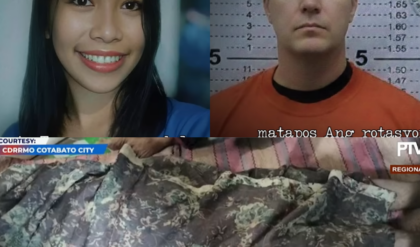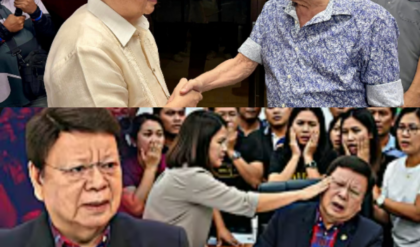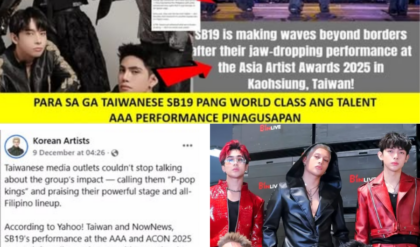Introduction: The Unyielding Mandate for Accountability
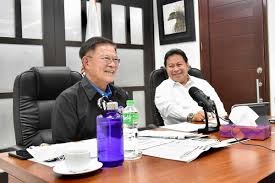
The Department of Public Works and Highways (DPWH) has escalated its rigorous anti-corruption campaign, transitioning from merely filing charges to establishing powerful inter-agency mechanisms designed to recover lost public funds and prevent future malfeasance. On Thursday, October 23, DPWH Secretary Vince Dizon formalized two critical agreements with the Anti-Money Laundering Council (AMLC) and the Philippine Competition Commission (PCC), signaling the government’s comprehensive, multi-pronged approach to cleaning up the agency and fulfilling a direct mandate from the highest office.
These partnerships are not just symbolic gestures; they are concrete, operational agreements aimed at attacking corruption from two primary angles: financial crime and anti-competitive practices. Sec. Dizon emphasized that these reforms are direct consequences of President Ferdinand Marcos Jr.’s unequivocal order: the DPWH must not only be cleaned up but must also ensure that money pilfered from the public treasury is returned to the Filipino people.
Alliance I: The Financial Hunt with the AMLC
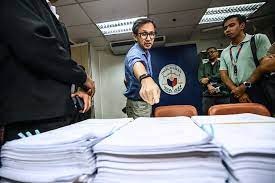
The most immediate and aggressive front in the DPWH’s clean-up drive involves the tracking and recovery of ill-gotten wealth, a task now formally shared with the Anti-Money Laundering Council. The memorandum of agreement (MOA) signed by Secretary Dizon and AMLC Executive Director Matthew David on Thursday is a pivotal moment in the government’s fight against infrastructure corruption.
Key Provisions and the Goal of Retrieval:
The central provision of the MOA dictates that both the DPWH and the AMLC will exchange information necessary for a “comprehensive financial examination and investigation” into transactions. This scrutiny targets former DPWH officials and contractors who have been implicated in the sprawling flood control corruption scandal.
The collaboration is specifically designed to uncover evidence of money laundering and other complex financial crimes. The ultimate, non-negotiable objective, as stressed by Dizon, is the retrieval of public funds lost to these anomalous projects.
The agreement also contains crucial procedural expedients, committing the two agencies to hasten the procedures for freezing bank accounts of involved individuals, fully leveraging the power vested under the Anti-Money Laundering Act. This ability to rapidly freeze assets is often the most critical factor in successful fund recovery, preventing suspects from moving or hiding their illicit gains.
Immediate Impact and Future Prospects:
Secretary Dizon was effusive in his thanks to Director David and the AMLC for the swift actions taken prior to the MOA. He noted the AMLC has already succeeded in freezing nearly 2,000 accounts belonging to the implicated personalities. This staggering number underscores the scale of the corruption involved and the efficiency of the AMLC’s response capacity.
Furthermore, Dizon indicated that this is only the beginning. He projected that more assets and accounts are expected to be frozen by the AMLC once the agency files the next batches of cases before the Office of the Ombudsman and the Independent Commission on Infrastructure (ICI). This statement signals a coordinated legal and financial assault against the corruption network.
Dizon firmly reiterated the highest directive that motivates this financial offensive: “Paulit-ulit na sinasabi ng Pangulo natin: kailangan maibalik itong pera na nawala sa mga kababayan natin” (Our President repeatedly says: this money that was lost to our countrymen must be returned). This public commitment frames the anti-corruption drive as a moral imperative rooted in economic justice for the Filipino people.
Alliance II: Safeguarding Competition with the PCC
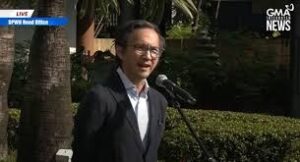
In a parallel and equally vital move, the DPWH formalized a separate partnership with the Philippine Competition Commission (PCC), with Sec. Dizon signing the agreement alongside PCC Chairman Michael Aguinaldo. This MOA targets the structural vulnerabilities that enable corruption in the first place: the procurement process.
The core purpose of the DPWH-PCC collaboration is the proper implementation of Republic Act 10667, or the Philippine Competition Act. By bringing the PCC’s expertise in preventing anti-competitive behavior to bear on DPWH projects, the agreement aims to ensure a “fair and just system” in the bidding and awarding of contracts.
Tackling Bid Rigging and Substandard Projects:
The partnership specifically focuses on the endemic issues of bid manipulation and other anti-competitive practices that plague public infrastructure bidding. Such practices often result in the awarding of contracts to favored or colluding parties, leading to exorbitant prices and, crucially, the delivery of “ghost” (nonexistent) or substandard flood control projects. The MOA is thus designed to facilitate the retrieval of public funds associated with these fraudulent contracts.
Sec. Dizon lauded the MOA as a groundbreaking development, proclaiming it the “First of its kind in terms of public infrastructure,” where the DPWH has established a long-term commitment with the PCC. He summarized the dual benefits: “to safeguard the people’s money and also recover the people’s money from any anomalous contracts that have been entered into as a result of rigged procurement activities.”
The agreement is set to quicken the referral of fines against errant contractors involved in bid rigging and other violations of the Philippine Competition Act, ensuring that penalties are swift and serve as a deterrent. Dizon also thanked the PCC for their proactive engagement, citing the 12 cases already filed by the DPWH concerning the alleged bid rigging practices of five contractors.
The Lasting Legacy of Reform
Secretary Dizon viewed the simultaneous signing of the two agreements not merely as a transactional event but as a profound statement of government intent. He affirmed that the signing of the MOAs is a clear sign of “how serious the government is under the directives of the President himself” to reform the DPWH.
The reform is conceived as having two fundamental components:
-
Restitution: Ensuring that the people “will get their money back through the various cases that we filed.”
Prevention: More importantly, ensuring that the structural integrity of the agency is restored “para hindi na maulit ito” (so that this will not happen again).
Dizon concluded by identifying this commitment to systemic change as the true, lasting goal of the administration: “I think that’s the lasting legacy the President wants to leave.”
The coordination between the DPWH, AMLC, and PCC creates a formidable, inter-agency defense system. The AMLC pursues the financial criminals who have already stolen, while the PCC enforces fair play in procurement, preventing theft before it occurs. This comprehensive strategy, driven by a presidential directive and executed through robust institutional partnerships, represents a significant turning point in the governance of public infrastructure in the Philippines.
